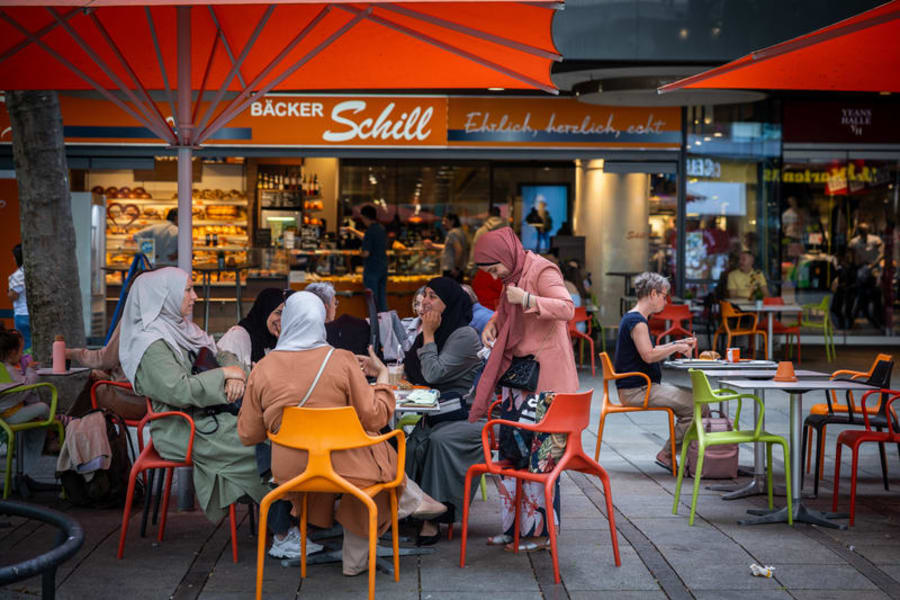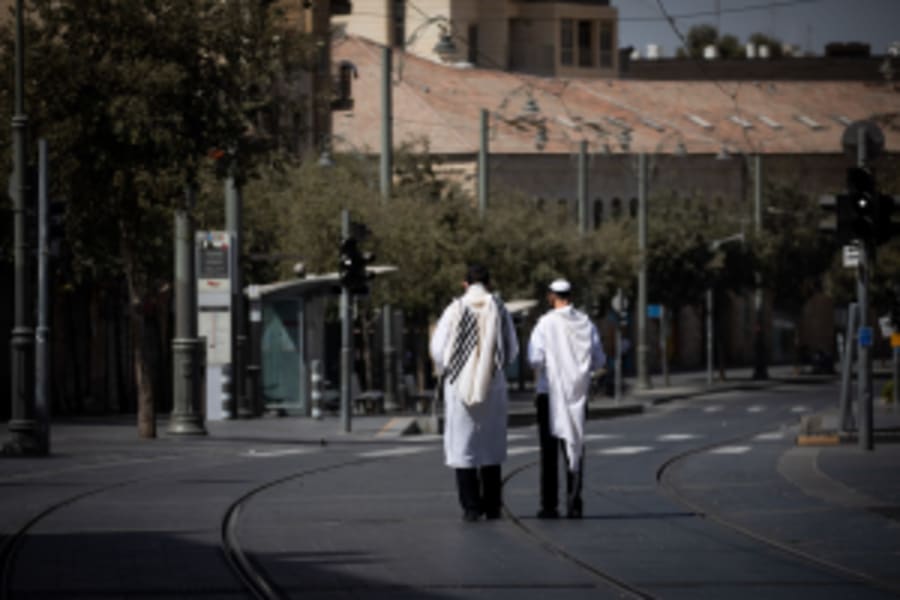Future of Europe's Muslim population: Pew study outlines three scenarios for continent’s demographic shift

The Pew Research Center has modeled three different future scenarios of Muslim population growth based on varying levels of potential migration to European countries.
“These are not efforts to predict what will happen in the future, but rather a set of projections about what could happen under different circumstances,” the data collection and analysis group insisted, near the top of their report on the future of Muslim migration to Europe.
In their illustrations, Pew covered 30 European countries, starting with the baseline Muslim population as it stood in 2016, and the projected rates of increase in the event of different eventualities: one with the trajectory continuing at the high rate it was going in the years leading up to 2016 in the years when millions were fleeing Syria, another with a slower migration rate, and a third with no further migration at all.
According to their data, 4.9 percent of the total population of Europe was Muslim in 2016, but will inevitably increase exponentially due to high birth rates, even with zero migration.
“Even if all migration into Europe were to immediately and permanently stop – a “zero migration” scenario – the Muslim population of Europe still would be expected to rise from the current level of 4.9% to 7.4% by the year 2050,” they asserted.
The report acknowledges that the migration rate has been “extremely high compared with the historical average in recent decades,” adding that it had already begun to decline, citing policy changes in several EU countries aimed at limiting refugee flows.
In the other two scenarios, Pew projected the Muslim population could reach 11.2% of the total with a slowed migration rate, and 14% if the higher rate trajectory continued.
The report differentiated between migrants, asylum seekers, refugees and those “in limbo.” Migrants were categorized as those moving for reasons other than seeking asylum, such as for economic, education or family reasons. Asylum seekers are those who are fleeing from danger and have no legal right to stay if their application is rejected. Refugees are those who have been accepted and received the legal right to stay in Europe. Those “in limbo” are classified as “Asylum seekers whose application for asylum has been or is expected to be denied” in the report.
The research body clarifies that those “in limbo” have not been factored into the numbers presented stating, “Though this population may remain temporarily or illegally in Europe, these migrants are excluded from the population estimates and projections.”
Since there are many Muslims arriving in Europe who have not legally been given the right to stay, Pew has based its estimates on “recent rates of approval by European destination country for each origin country (among first-time applicants) and adjusted for withdrawals of asylum requests, which occur, for example, when asylum seekers move to another European country or outside of Europe.”
Pew also pointed out that other variables, such as the possibility of future wars and crises around the world which could affect migration, potential changes in immigration policy, and also the birthrates of the European populations themselves, make it impossible to accurately make predictions.
The fact that the Muslim population is overwhelmingly young and the birthrate very high means that the population is set to grow at a far higher pace, according to the report. As a result, countries that had received many migrants were set to have far higher percentages of Muslims in the future, for example, Germany’s Muslim population was only 6% in 2016 but that figure could reach 20% in 2050.
Interestingly, countries that had received more migrants did not necessarily consider them a “threat,” whereas countries accepting fewer migrants often considered them a greater threat.
While the majority of migrants are Muslim, 47% are not. Currently, birthrates in Europe are rapidly falling rather than rising, but Christians form the second largest group of migrants, slightly mitigating the decline in Christian populations.
This article originally appeared on ALL ARAB NEWS and is reposted with permission.
You might also like to read this:

















